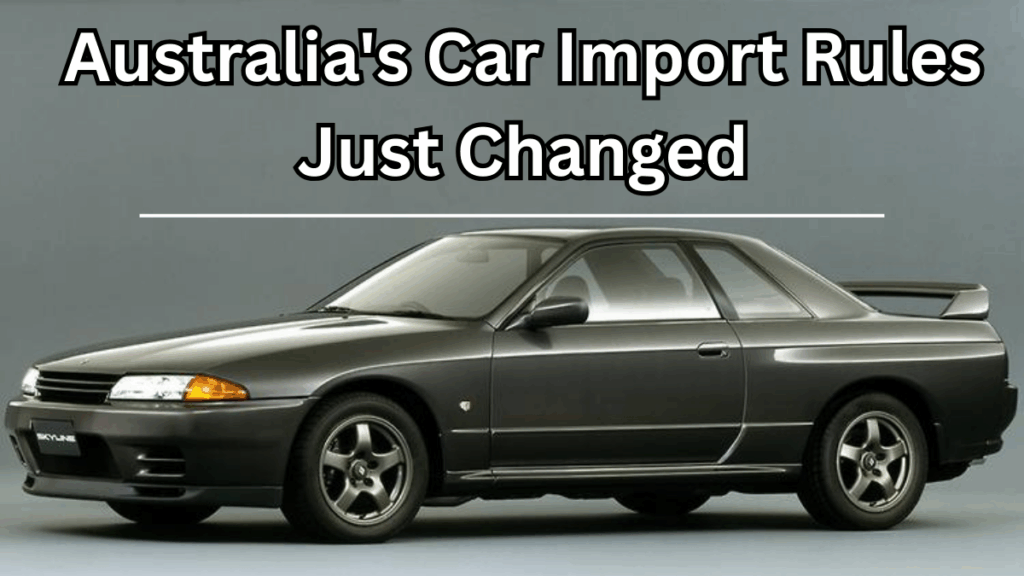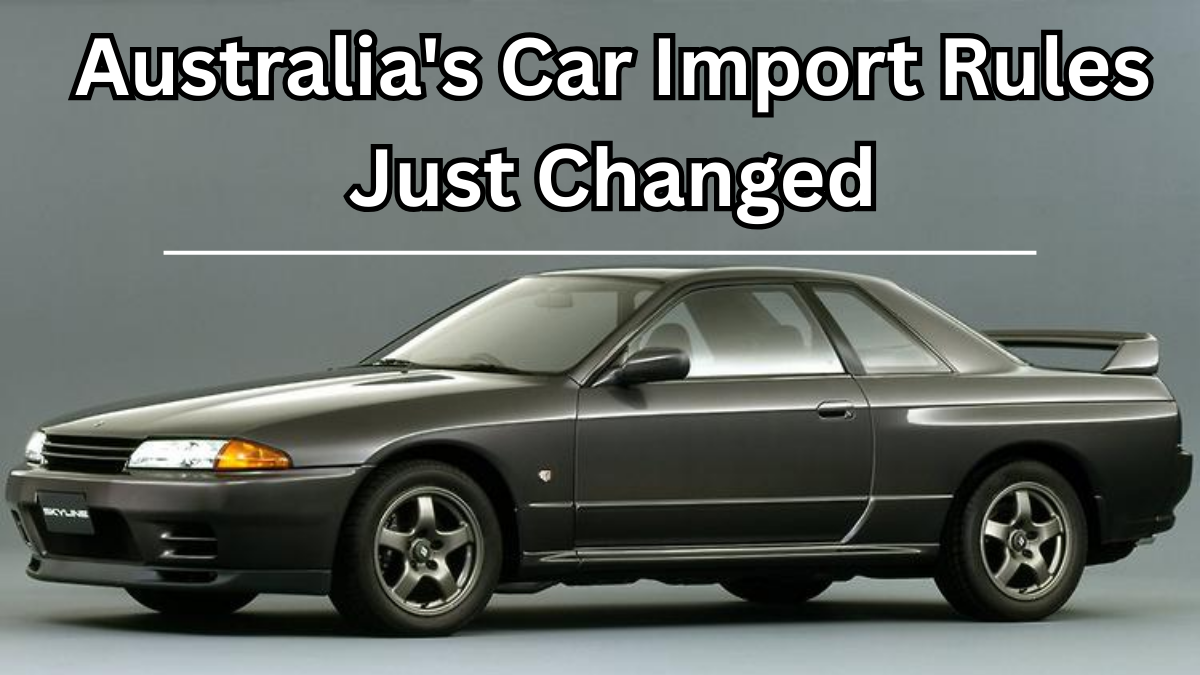If you’ve ever dreamed of owning a sleek European coupe or a Japanese classic, then this update is for you. Australia’s Car Import Rules have just been updated, and it could make importing your dream vehicle easier—or in some cases, more complicated.
These changes will impact buyers, importers, and dealers alike. So, let’s break down what’s changed, what it means for you, and how to ensure your imported vehicle is fully compliant and registered under the new regulations.

What’s Changed in Australia’s Car Import Rules?
The government has revised its car import rules to improve road safety, environmental standards, and make the compliance process more efficient for vehicle importers.
Key Changes Include:
-
Stricter emission standards for imported vehicles
-
Streamlined compliance processes for certain low-volume imports
-
New registration requirements depending on the vehicle’s country of origin and age
-
Revised eligibility for the Specialist and Enthusiast Vehicle (SEV) Scheme
Who Do These Changes Affect?
These new updates impact different groups in different ways:
| Stakeholder | Impact of Rule Change |
|---|---|
| Individual Buyers | May face additional steps to prove compliance; more documentation for registration |
| Car Enthusiasts | Easier access to rare or classic cars via SEV Scheme, but must meet stricter standards |
| Dealers and Importers | Must adjust to updated emission and safety requirements |
| Compliance Workshops | Increased demand for vehicle testing and paperwork processing |
What You’ll Need to Do as a Buyer
If you’re thinking of buying an imported vehicle, you’ll want to get familiar with the new process.
Here’s your quick checklist:
-
Check Eligibility: Ensure your chosen vehicle qualifies under the SEV Scheme or meets new import criteria
-
Compliance Inspection: Have your vehicle tested to meet Australian standards
-
Prepare Documents: Gather import approval, proof of ownership, and emission compliance paperwork
-
Register Your Vehicle: Register with your state or territory authority after passing inspection
Tip: Always work with a licensed import agent or compliance workshop to simplify the process.
Why Did Australia Update Its Car Import Rules?
The government’s goal is twofold: protect consumers and align vehicle safety and environmental performance with global best practices. As imported vehicles increase in popularity, the updates help maintain fair standards for all road users.
Australia’s Car Import Rules Updated regulations are part of a broader effort to modernise transport laws while still making it possible for buyers to access international vehicles.
FAQs
1. Can I still import a used vehicle from Japan?
Yes, you can. However, the vehicle must meet the updated compliance and registration criteria. Models eligible under the SEV Scheme still qualify.
2. Do I need to get my imported vehicle tested before registration?
Absolutely. Compliance testing is mandatory to ensure your vehicle meets Australian road safety and emission standards before it can be registered.
3. What is the SEV Scheme?
The Specialist and Enthusiast Vehicle Scheme allows importation of unique or rare vehicles not otherwise available in Australia, provided they meet specific criteria.
4. How do I register an imported vehicle in my state?
You’ll need to submit:
-
A valid import approval
-
Roadworthiness certificate
-
Proof of compliance
-
Proof of ownership
Then, register it with your local road authority.
Final Thoughts
Whether you’re a car collector or just want something different from the typical showroom floor, staying updated on the Australia’s Car Import Rules Updated is crucial. The process may involve a few more steps, but it’s still a rewarding path to owning your dream ride—as long as you follow the proper registration and compliance procedures.
Click here to learn more
